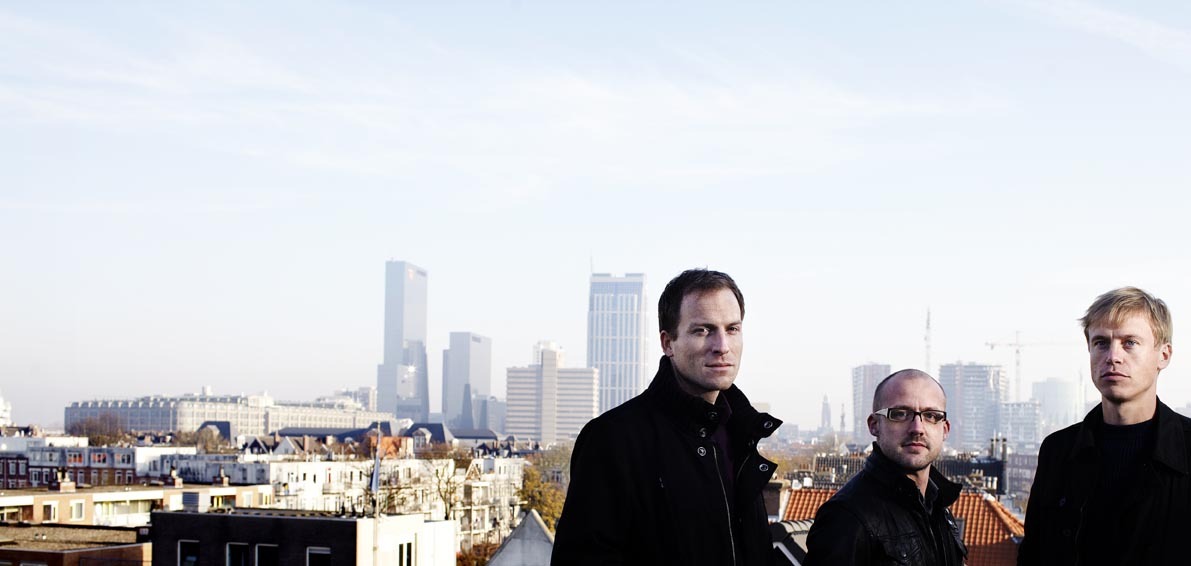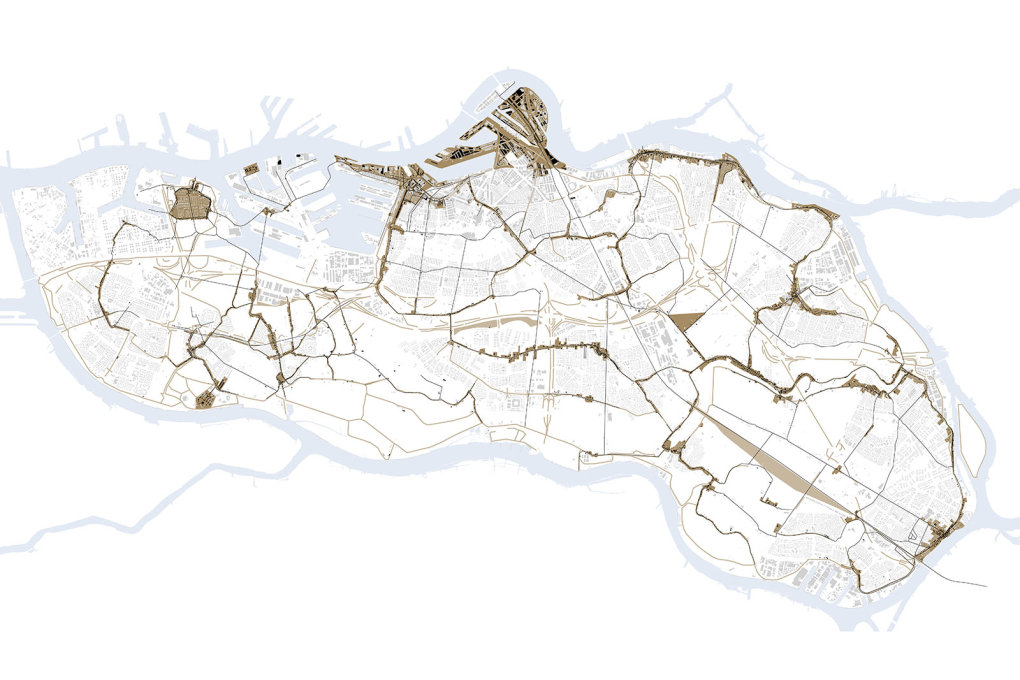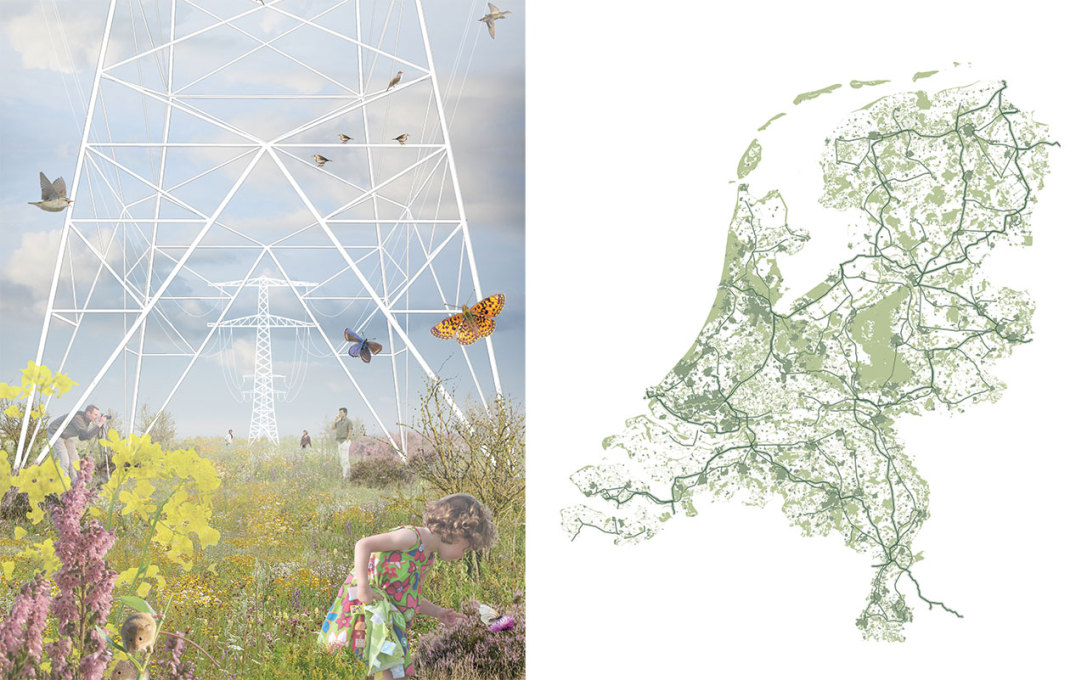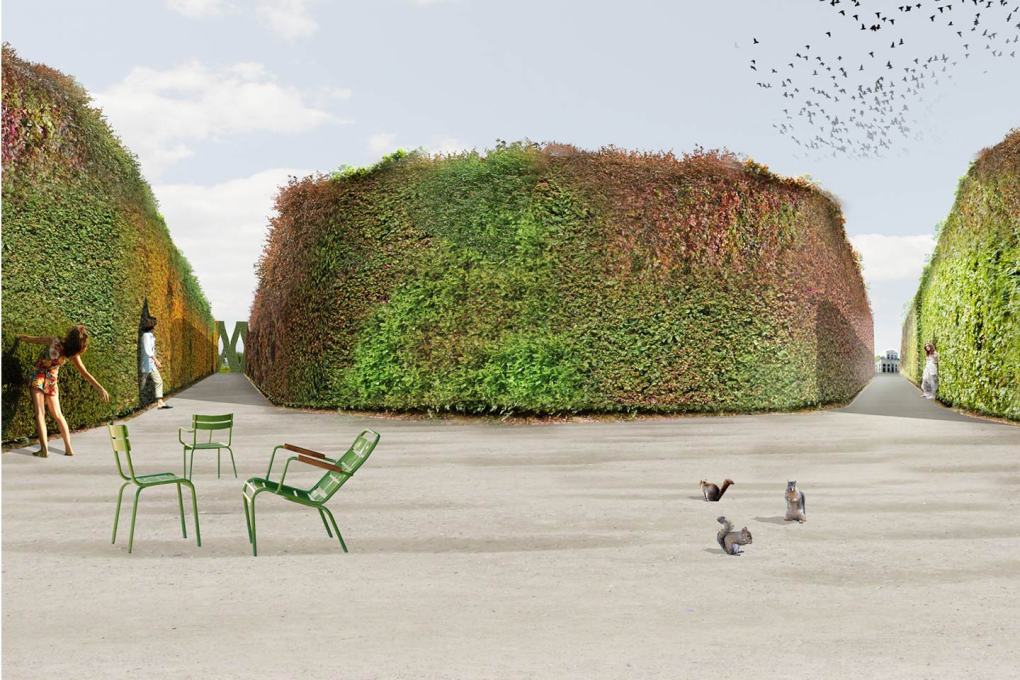Lost Landscapes – or LOLA – is a young landscape architecture practice out of the Netherlands that follows its romantic leanings with pragmatic research-based methods. The team, led by Eric-Jan Pleijster, Cees van der Veeken and Peter Veenstra, was awarded the 2013 Rotterdam-Maaskant Prize for Young Architects, previous winners of which have included Julien de Smedt and Mecanoo. uncube took the chance to ask Eric-Jan Pleijister a few questions about LOLA's unique design approach and how winning the prize might influence their practice as a whole.
What do you think winning this prize will enable you to do?
I think it is a chance to showcase our design approach, adopted by the Maaskant jury as “The New Romance”. There’s a craving for a new kind of landscape experience, and a romantic longing for nature currently in Western Europe. A wish of city folk to experience birds, bees, flowers, trees and wildlife from up close. To go into the wild. This prize will help us to fulfill our mission: to bring the real thing to your doorstep, no substitutes.
You were recognized as “Young Architects” – what do you want to accomplish 10 years from now, when you are, well, “older architects”?
Landscape architecture is about slow processes so those ten years will be over before you know it. And there’s still so much to do, if we want to get the city people deeply involved with their surroundings, urban, suburban and natural. In ten years we certainly want to have made a difference in the way we use our land and experience our landscape. We established LOLA in Rotterdam, a dynamic city with a love for experiment. Perhaps we’ll make physical impact with the realization of a grand landscape project in the heart of the city.
LOLA engages in research and urbanism as landscape architects. How do you think this gives you a unique perspective in comparison to more typical architects-as-urbanists?
Landscape research allows us to have good understanding of the living systems of the landscape, like soil, water and flora and fauna. Landscape architects have the know-how on these systems and by profession have to carefully plan the future for living elements. This knowledge certainly enables us to influence the surroundings for a more sensory experience: not only design on sight, but also for smell, touch, sound.
What other young offices in design do you admire and why?
We work with the people we admire, young and old. Currently there is no shortage of talented young architects: Kempe Thill, Baukuh, Daan Roosegaarde, DUS, .Fabric, XML to name a few. They each have unique, effective ways to address relevant topics and come up with new solutions.
If you could give any advice to other young designers what would it be?
I would say find your professional niche and make yourself inexpendable in your work environment. Nurture and train your own unique approach without losing touch with the real world.
Is it all downhill from here?
The future is a bumpy ride without knowing what’s around the bend, but I have good hope for the future.
Interview by Jessica Bridger








